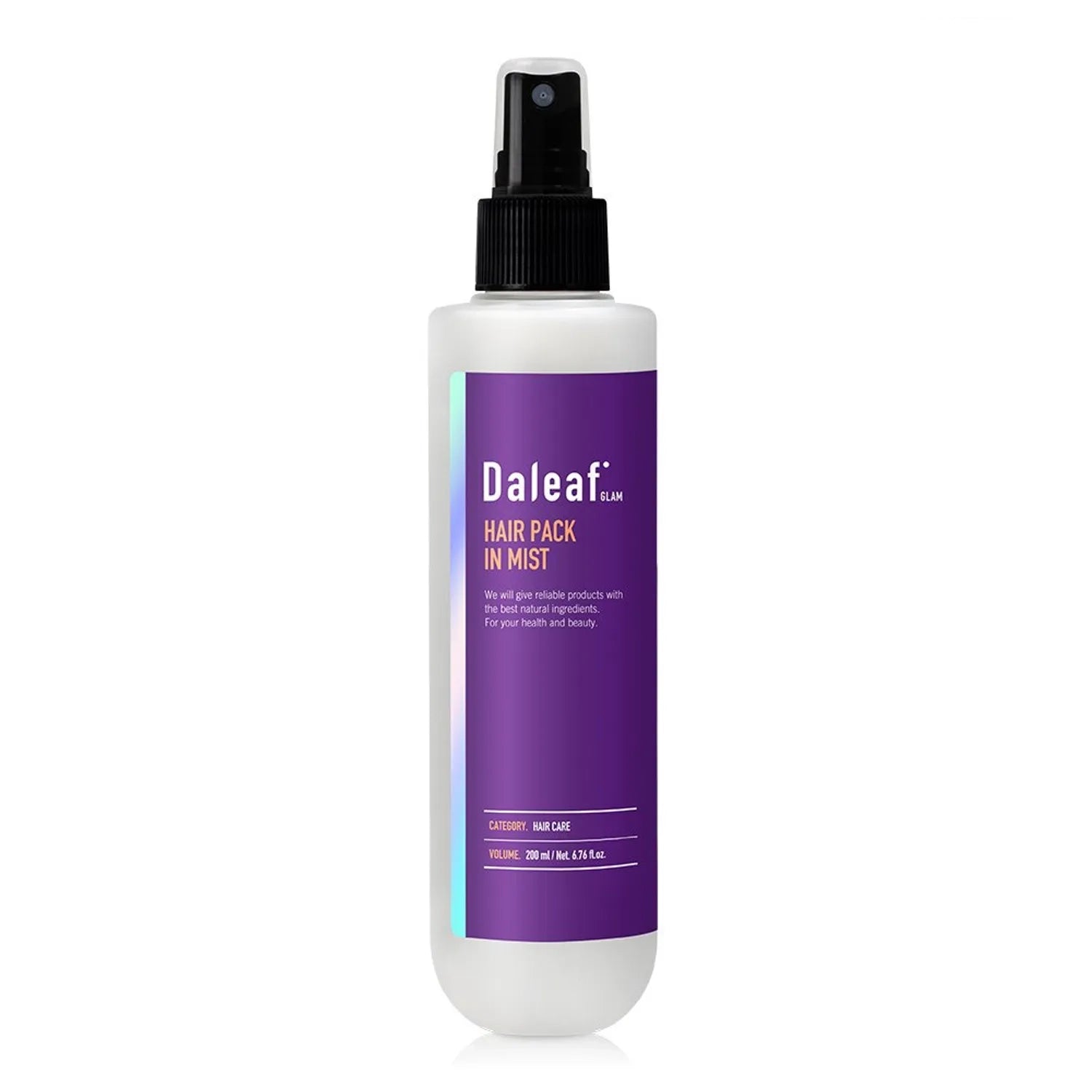Melasma. Just hearing the word can bring frustration — those stubborn, blotchy brown patches that appear out of nowhere and refuse to fade. While harmless, they can feel like a shadow you can’t shake, affecting how you see yourself in the mirror.
But what if managing melasma wasn’t about harsh treatments or one “miracle” product?
What if the real secret was a gentler, more holistic philosophy?
That’s where Korean skincare shines. With its skin-first approach, barrier repair focus, and multi-target formulas, K-beauty offers a smarter, kinder way to deal with melasma. Let’s unpack what’s really happening beneath the surface — and how to build a routine that helps your skin find balance and brightness again.
Understanding Melasma: Why These Patches Appear
Melasma occurs when your melanocytes (the pigment-producing cells in your skin) go into overdrive, creating and depositing melanin unevenly. The result? Irregular dark patches on the cheeks, forehead, or upper lip — often deep and persistent.
But what flips that switch?
- UV Radiation: The number one trigger. Even brief sunlight (yes, through a car window) can make patches worse.
- Hormones: Pregnancy, birth control, or hormone therapy often spark melasma — hence the nickname “mask of pregnancy.”
- Genetics: If it runs in your family, you’re more likely to develop it.
- Visible Light (Blue Light): From screens and indoor lighting, it can worsen pigmentation, especially in deeper skin tones.
That’s why melasma needs more than a brightening serum — it needs a multi-angle strategy: block UV, calm pigment production, support your barrier, and reduce inflammation.
The K-Beauty Philosophy: Nurture, Don’t Attack
Western treatments often take the “scorched earth” route — hydroquinone, lasers, high-strength acids. Sometimes they work, but often they backfire, leaving irritation or post-inflammatory hyperpigmentation (PIH) that makes things worse.
Korean skincare takes the opposite approach: gentle persistence.
Instead of attacking the pigment, it focuses on retraining the skin — reducing triggers, soothing inflammation, and steadily restoring equilibrium. It’s a patient philosophy that strengthens rather than strips.
The four pillars of the K-beauty melasma method:
- Inhibition: Tell pigment cells to calm down (with niacinamide, arbutin, or TXA).
- Interruption: Block melanin transfer before it reaches the surface.
- Prevention: Daily SPF and antioxidants to stop triggers in their tracks.
- Barrier Support: Hydrate, soothe, and fortify so your skin can tolerate actives safely.
This is why a layered Korean routine works so well for melasma — it’s steady, sustainable, and skin-friendly.
The Ingredient Playbook: What Really Works
|
Ingredient |
How It Helps |
Product Recommendation |
|
Blocks melanin transfer + strengthens barrier |
||
|
Gently inhibits melanin production (tyrosinase blocker) |
||
|
Specifically reduces UV-induced pigmentation |
||
|
Antioxidants that brighten and lighten dark spots |
||
|
Calm inflammation, preventing PIH |
These are the quiet achievers — not overnight fixes, but long-term allies that help your skin rediscover equilibrium.
Building a Korean Skincare Routine for Melasma
Step 1: The Gentle Cleanse
- Skip harsh foams. Go for a soothing, low-pH cleanser that respects your barrier.
- Pick: Round Lab 1025 Dokdo Cleanser → Creamy, mineral-rich, and never drying.
Step 2: The Hydrating Prep
- Korean toners aren’t astringents; they’re the first drink of water for thirsty skin.
- Pick: Etude House SoonJung pH 5.5 Relief Toner → Fragrance-free, calming, and barrier-friendly.
Step 3: The Powerhouse Serum
This is where the real anti-melasma work happens.
-
Beginner-friendly: Beauty of Joseon Glow Deep Serum → 2% alpha-arbutin + rice bran water. Gentle but effective brightening.
- For stubborn spots: Numbuzin No. 5 Vitamin Concentrated Serum → A “brightening cocktail” with glutathione, TXA, vitamin C, and niacinamide.
Step 4: The Barrier-Boosting Moisturiser
- Strong skin = less reactive skin. Look for ceramides and soothing agents.
- Pick: Illiyoon Ceramide Ato Concentrate Cream → Encapsulated ceramides that mimic your skin’s natural lipids.
Step 5: Sunscreen, Sunscreen, Sunscreen
Without this step, nothing else matters. Sunscreen is your shield against UV, the #1 melasma trigger.
- Pick: Beauty of Joseon Relief Sun: Rice + Probiotics (SPF 50+ PA++++) → Lightweight, no white cast, feels like moisturiser.
- Pro tip: Apply a full 2 fingers’ worth daily, and reapply if you’re outside for long hours.
Patience Is the Secret Ingredient
Here’s the truth: melasma doesn’t disappear overnight. Visible improvement usually takes 8–12 weeks, sometimes longer — and that’s okay. The goal is not to erase your skin’s history, but to help it function at its best again.
By keeping your routine consistent — brighteners by day, SPF always, barrier care nightly — you’ll see patches soften, tone even out, and radiance return.
Melasma may be stubborn, but it’s not undefeatable.
With a calm, consistent K-beauty routine, brightness becomes a matter of time, not luck.







